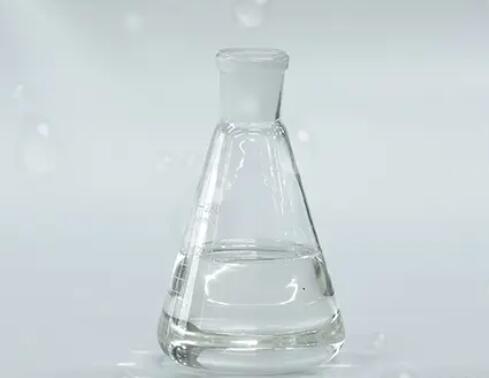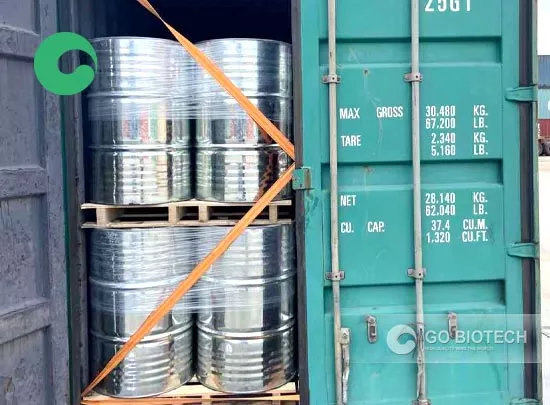Things to note when choosing plasticizers
Nowadays, there are more and more types of plasticizers, which makes many new plastic product companies do not know how to choose plasticizers. Here are some things to pay attention to when choosing plasticizers:
1. Compatibility between plasticizers and resins. Generally speaking, only when the additives have good compatibility with the resin can the additives exist in the products for a long time, stably and evenly, and effectively play their functions. If the compatibility is not good, it is easy to “sweat” or “spray frosting”. However, sometimes the compatibility is not good, and the product requirements are not too strict, and poor compatibility can still be achieved. For example, the compatibility between fillers and resin wax is extremely poor. As long as the particle size of the filler is small, it can still basically meet the performance requirements of the product. Obviously, it can only fully play its function by using coupling agents or surfactants.
2. Durability of plasticizers The loss of additives is mainly volatilized through three ways. Extraction and migration are mainly related to the molecular weight of the additives, its solubility in the medium and its degree of decomposition in the resin.
3. The adaptability of plasticizers to processing conditions: The processing and stirring conditions of some resins are relatively demanding. For example, if the processing temperature is high, it is necessary to consider whether the selected additives will decompose and whether the additives will corrode the molds and equipment.
4. The restrictions on additives by product use: Products with different uses have certain requirements for the odor, toxicity, electrical properties, weather resistance, thermal properties, etc.
5. Synergistic and antagonistic effects in the combination of plasticizers. In the same resin system, sometimes two of the additives will produce a “synergistic effect”, which is much more effective than using a single additive. However, if the combination is not appropriate, the “antagonistic effect” between the two additives will weaken the function of each additive, and even make a certain additive ineffective. This should be paid special attention to. For example, the use of carbon black and amine or phenolic oxygen disruptors will produce antagonistic effects.


Common classification of plasticizers
1. Cold-resistant plasticizers
In polyvinyl chloride resins, plastic products can still maintain good flexibility in low temperature environments, which is called cold-resistant plasticizers. Such as dihexyl sebacate, dihexyl adipate, trioctyl phosphate, etc.
2. High temperature resistant plasticizer
A plasticizer that can make polyvinyl chloride plastic products processed and used at higher temperatures is called a high temperature resistant plasticizer. Such plasticizers include tridecethoxyphthalate, pentaerythritol ester, trimethylbenzoate, etc.
3. Heat-resistant and light-resistant plasticizer
Added to polyvinyl chloride synthetic resin, it can inhibit and prolong the discoloration and structural aging of plastic materials under heat and light. Plasticizers that can be treated for a long time are called Phosphate and chloroform. Such traditional plasticizers include butyl octadecanoate, octyl octadecanoate, and epoxidized soybean oil.
4. Flame retardant plasticizers
A plasticizer that can improve the flame retardant properties of plastic products is called a flame retardant plasticizer. Such plasticizers include phosphates and chloroforms, and commonly used plasticizers contain trimethyl phosphate.
5. Non-toxic plasticizers
For soft PVC plastic products used for food packaging and medical devices, non-toxic plasticizers should be added to the resin formula. Common plasticizers of this type include tri-n-butyl citrate (TBC), phthalates, epoxidized soybean oil, etc.
6. Antibacterial plasticizer
A plasticizer that reduces the impact of mold on plastic products by adding polyvinyl chloride to the formula is called an antibacterial plasticizer.
The above is a common classification of plasticizers. Different products can use different PVC plasticizers according to the situation. When using, pay attention to choosing plasticizers that have good compatibility with PVC resin, low volatility, easy migration, and easy exudation to ensure the subsequent plasticization effect of the product.
-
What are phthalate plasticizers?
-
What is the difference between DOP and DOTP?
-
In what industries or fields is DOP plasticizer used?
-
Basic properties of plasticizers
-
What are plasticizers? What are their uses?
-
Comprehensive introduction to plasticizer classification and related knowledge